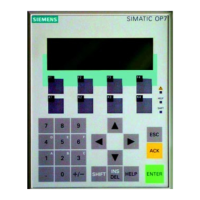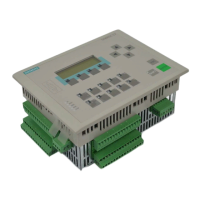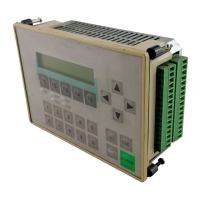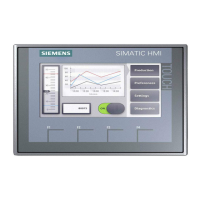2.3 Configuring the electrical structure
2.3.1 General rules and regulations for operating an ET 200PA SMART
Introduction
Depending on the particular area of application, as a component of a plant or system the
ET 200PA SMART requires adherence to specific rules and specifications.
Observe the safety and accident prevention regulations that are applicable to specific
application cases.
This section provides an overview of the most important rules you must follow for safe
integration of your ET 200PA SMART in a plant or system.
EMERGENCY STOP devices
EMERGENCY STOP devices that conform to IEC 60204 "Safety of machinery – electrical
equipment of machines" must remain effective in all operating modes of the plant or system.
Startup of the system after certain events
The following table identifies situations you must pay attention to when the system starts up
after the occurrence of certain events.
If ... Then ...
● Start-up after voltage dip or failure
● Startup of the ET 200PA SMART after
interruption of bus communication
Dangerous operating states must not occur. If neces‐
sary, the EMERGENCY STOP must be forced!
● Start-up after releasing the EMERGENCY
STOP device
● Startup of the ET 200PA SMART without
the DP master addressing the ET 200PA
SMART
There must not be an uncontrolled or undefined start‐
up.
Note on radio interference radiation
When several electronic components are used within a control cabinet, their radio interference
radiation may overlap. As a result, the permissible radio interference field strength in the overall
configuration may be exceeded.
Tip: Keep such modules as far away from each other as possible, if necessary use shielded
cables or filters in the supply cables or control cabinets that are impervious to HF.
Assignment planning
2.3 Configuring the electrical structure
ET 200PA SMART
22 Operating Instructions, 06/2019, A5E34192013-AB

